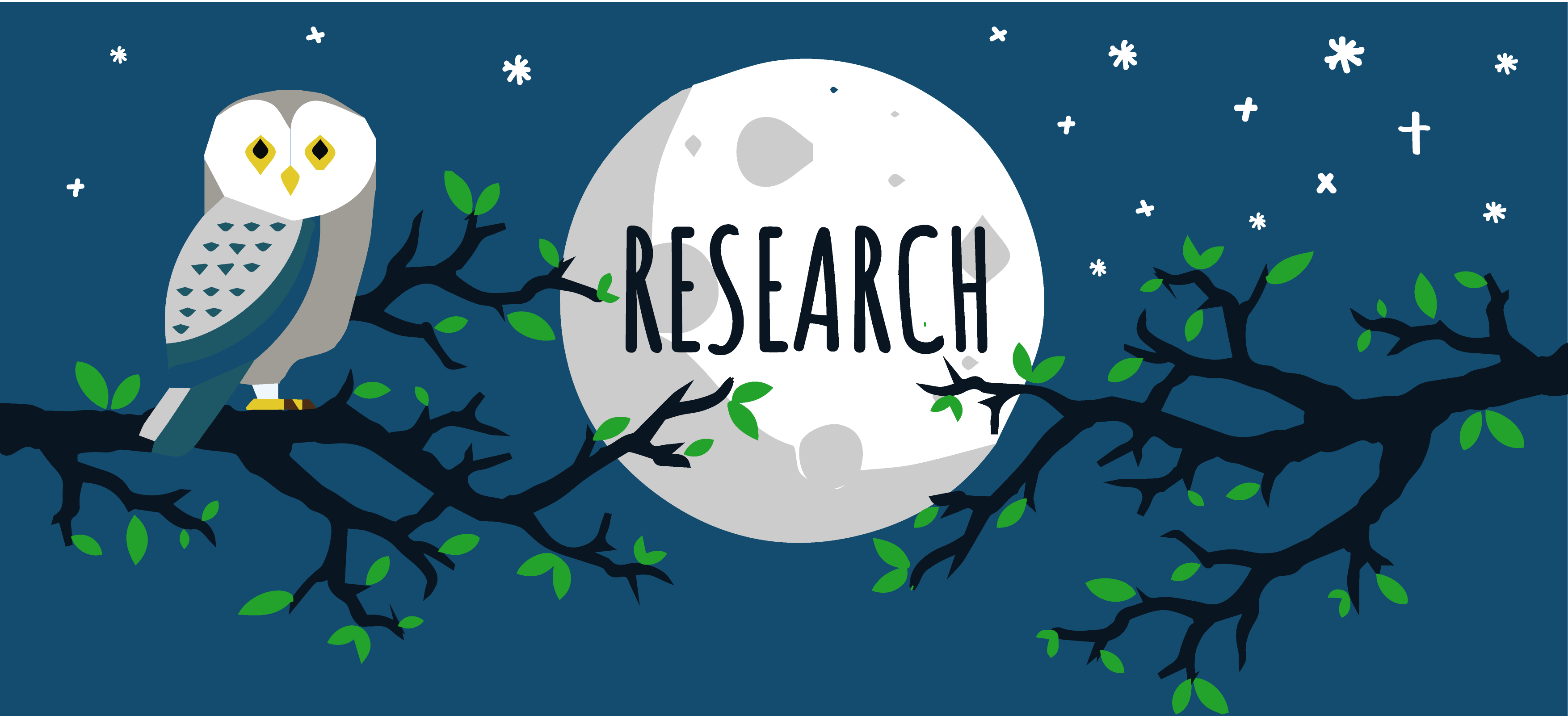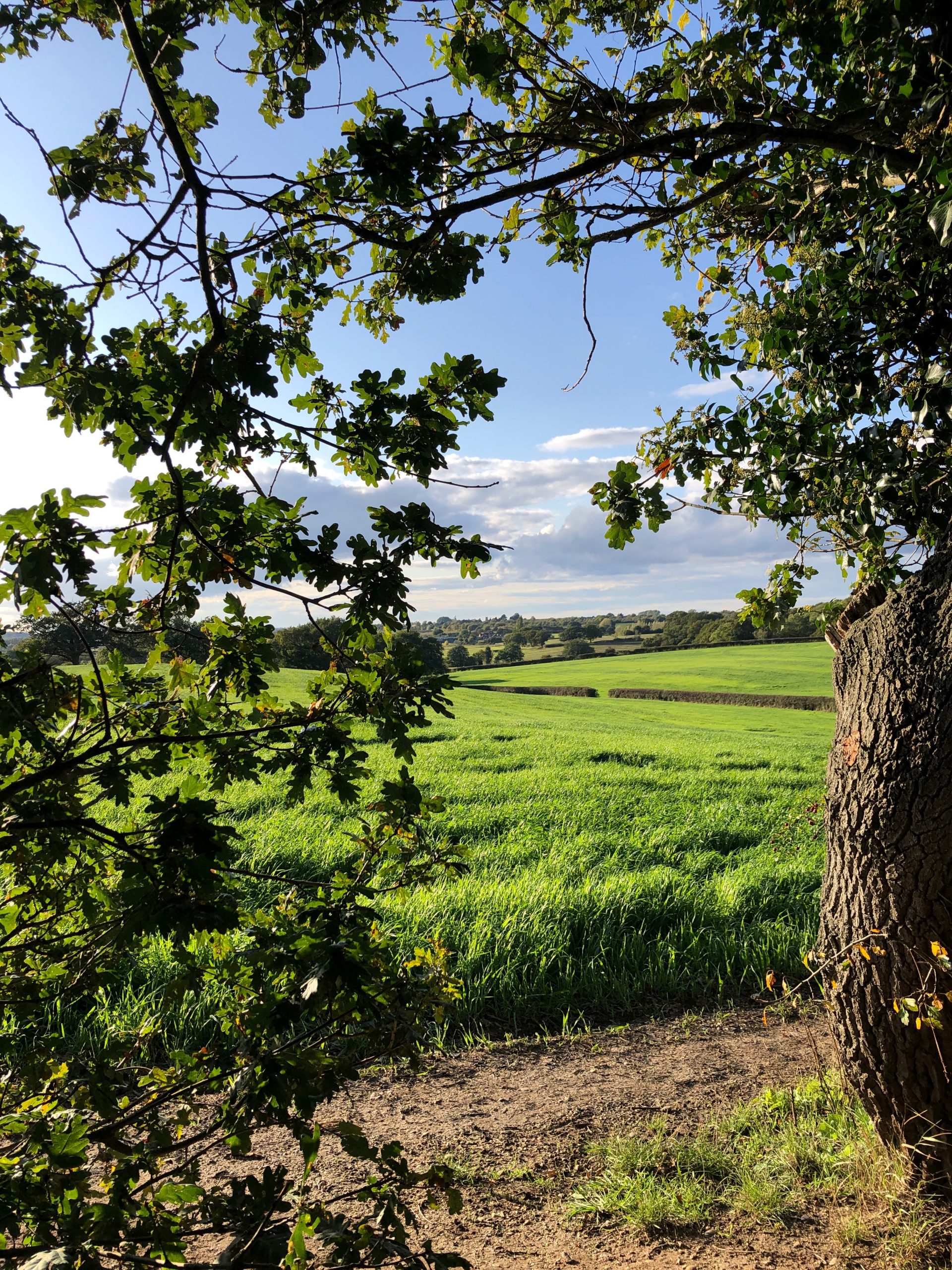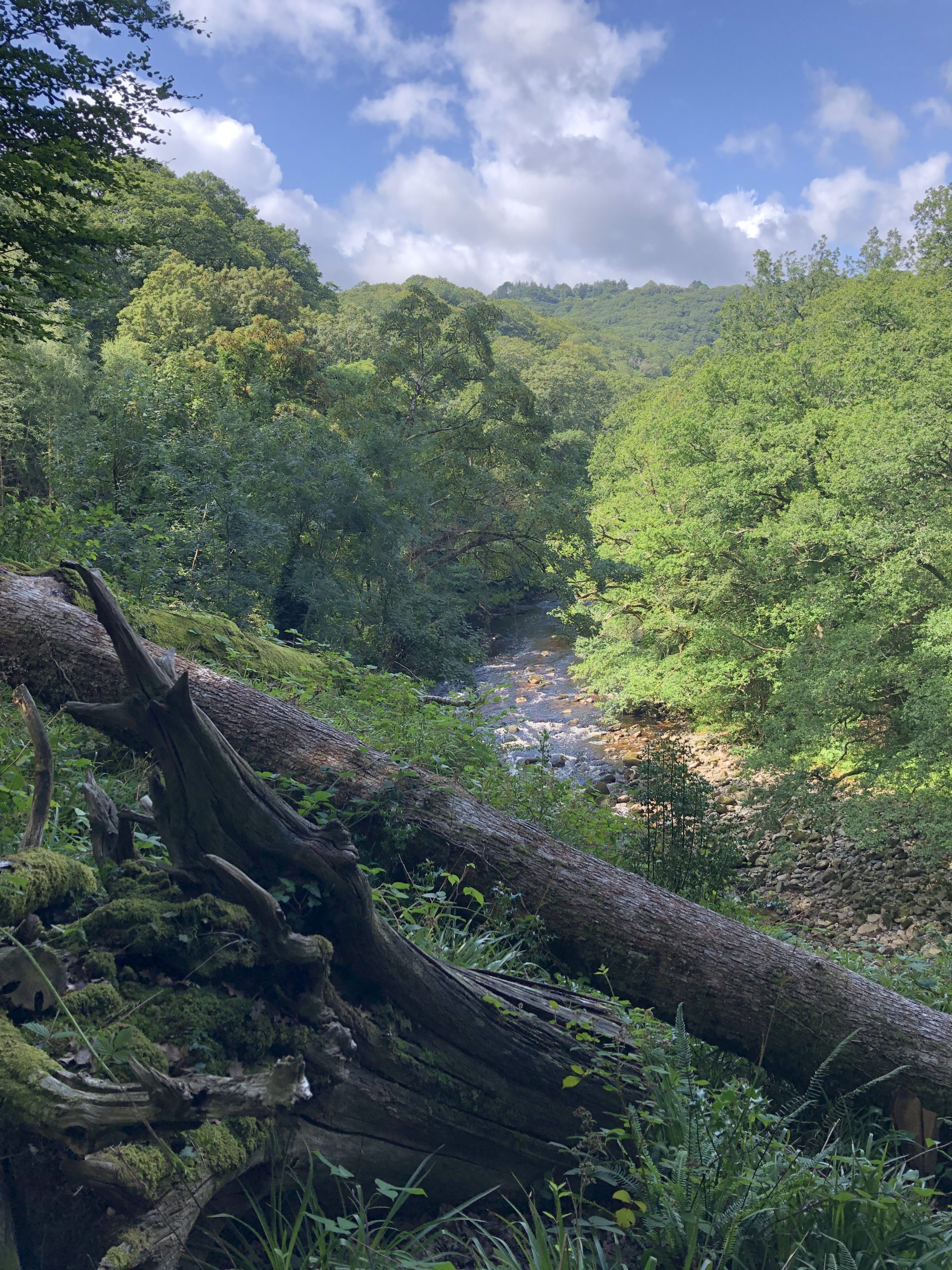
Latest Research

Systemic Review
In their 2018 systematic review of the literature on the health benefits of the great outdoors: A systematic review and meta-analysis of greenspace exposure and health outcomes, Twohig-Bennett and Jones (2018) included 103 observational and 40 interventional studies investigating over 100 health outcomes. Their results were impressive and will have you reaching for your wellies. The studies demonstrated clearly that increased greenspace exposure was associated with numerous health benefits.
Including:
- Decrease in cortisol (the stress hormone) suggesting a reduction in stress.
- Decrease in blood pressure
- Reduction in cholesterol
- Improvement in heart rate variability
- Decreased risk of preterm birth
- Decrease in cardiovascular mortality
- Increase in reported good health
- Reduction in incidence of stroke, hypertension, dyslipidaemia, asthma, and coronary heart disease.
- Good cancer and respiratory related outcomes (reduced mortality)
They concluded that Green prescriptions involving greenspace use may have substantial benefits.
Mental health benefits
Antonelli et al (2019) conducted a systematic review to investigate the effects of forest bathing on levels of cortisol as a stress biomarker. The review included 22 articles and 8 meta-analysis. They found that in all but two of the included studies, cortisol levels were significantly lower in the participants after intervention in forest groups, when compared with control/comparison groups.
They concluded that overall, forest bathing can significantly influence cortisol levels on a short term in such a way as to reduce stress.
He et al (2019) also found that after a 2 hour forest bathing program with 128 middle age and elderly participants, their negative mood scores on “tension-anxiety”, “anger-hostility”, “fatigue-inertia”, “depression-dejection”, and “confusion-bewilderment” were significantly lower, whereas the positive mood score of “vigor-activity” was higher. Furthermore, participants exhibited significantly lower anxiety levels.
These same results were found by Song et al (2014) in young males, whose heart rate was significantly lower while walking in the urban park than while walking in the city street. Furthermore, the urban park walk led to higher parasympathetic nervous activity and lower sympathetic nervous activity compared with the walk through the city street. Subjects reported being significantly more ‘comfortable’, ‘natural’, and ‘relaxed’ following the urban park walk.
After the urban park walk, the score for the ‘vigor’ subscale of the POMS was significantly higher, whereas that for negative feelings such as ‘tension-anxiety’ and ‘fatigue’ was significantly lower. The score for the anxiety dimension of the STAI was also significantly lower after the urban park walk.


